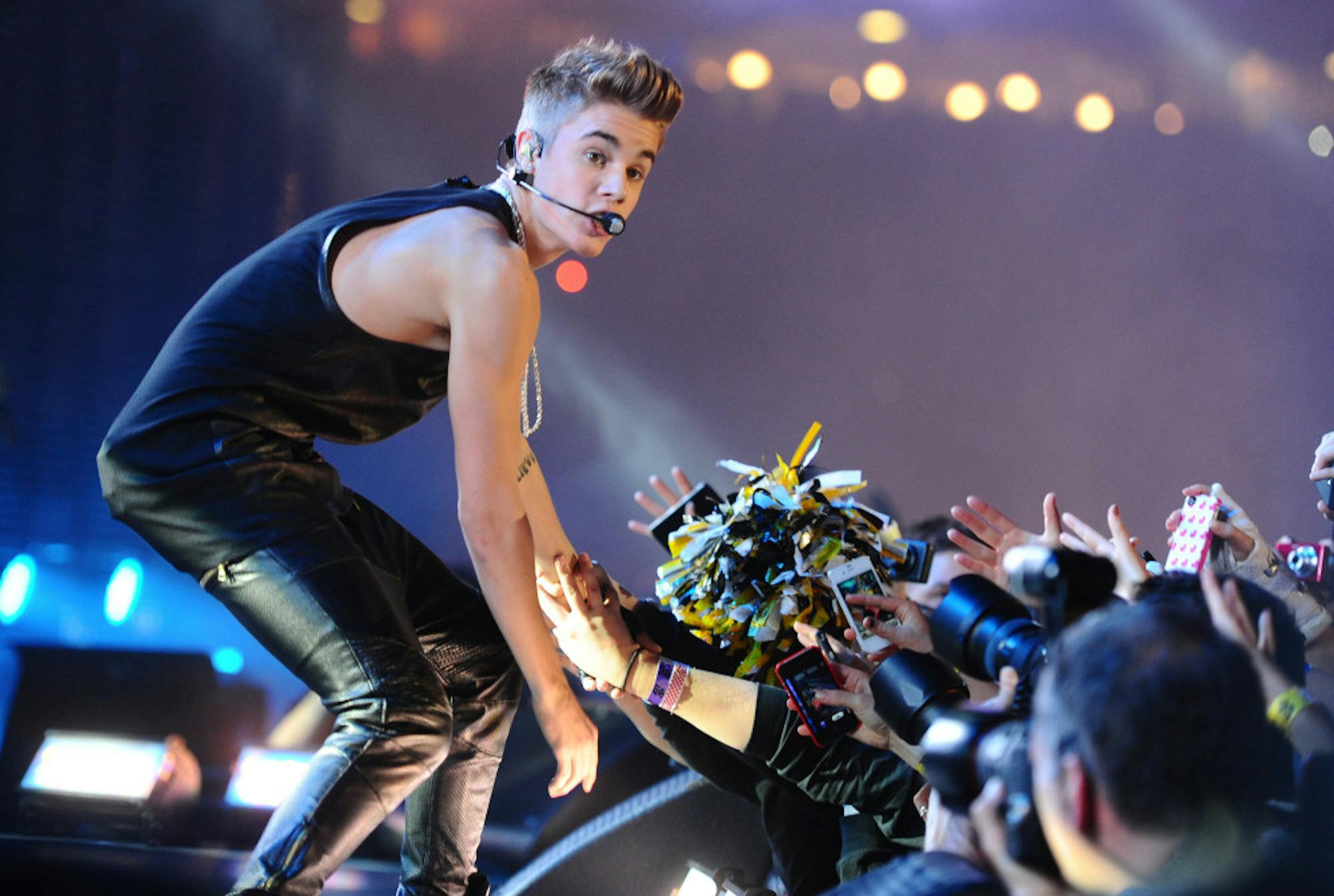Two years of constant scandal had greatly damaged Justin Bieber's reputation and, in an industry where entire careers are built upon the ability of an artist to maintain goodwill with the public, it appeared that Bieber had long exhausted whatever favor he might have once enjoyed. After all, the Canadian pop star has never done much to endear himself to those outside of his admittedly enormous fan base of young teenage girls.
With only a month-and-a-half left in 2015, it is fairly safe to say that Bieber has done the impossible in orchestrating what is arguably the biggest comeback of the year. So, how did Bieber get people to stop paying attention to his drunken mishaps and buy his music instead? By shifting everyone’s attention back to the one thing that people of all ages can get behind: music.
The release of “Where Are Ü Now” in February set the stage for Bieber’s grand comeback. The song seemingly came out of nowhere early in the year and broke from all conventions of Bieber's previous work. Combining Kygo-esque tropical house beats and Bieber’s instantly recognizable falsetto, the unexpected collaboration with EDM heavyweights Diplo and Skrillex cast Bieber’s music in a whole new light. While EDM is not necessarily known for addressing emotionally heavy topics, “Where Are Ü Now” does not shy away from conveying Bieber’s feelings of loss and isolation. He pleads to the listener, “Where are you now that I need ya?" In an interview, the three collaborators even revealed that the song’s trademark flute-like sound on the instrumental section following this line is Bieber’s voice digitally altered to sound deliberately inhuman, further enhancing the song’s heartbreaking quality.
With “Where Are Ü Now” cementing Bieber’s return to pop radio, Bieber’s comeback fully came to fruition in August, with the release of an absolute monster of a pop song: “What Do You Mean?” It loses the more experimental elements of “Where Are Ü Now,” but the song continued Bieber’s winning streak. The alleged ode to ex-girlfriend Selena Gomez references “girls [who are] often flip-floppy" and fully embraces the new minimalist dance-pop sound that Bieber has crafted for himself. Its debut atop the Billboard Hot 100 not only gave Bieber his first number one single but also proved that Bieber Fever was once more sweeping the nation.
Capitalizing on the success of these two monster hits, “Purpose,” which was released on Nov. 13, is where the Bieber apology tour comes full circle. After so many years of bad press, Bieber has finally managed to shift the attention away from his private life and on to what is effectively an apology set to music. Drawing primarily upon the R&B and dance-pop sounds he has previously explored, “Purpose” sees Bieber willing to try on different musical hats with varying degrees of success.
The first half of “Purpose” is an incredible opening salvo. These songs constitute some of the album’s strongest material. “I’ll Show You” is a moody electropop tune focusing solely on the wear and tear of fame. With lines such as “Cause life’s not easy, I’m not made out of steel / Don’t forget that I’m human, don’t forget that I’m real,” it is hard for listeners to avoid hearing the weariness in Bieber’s voice -- he sounds much older than his 21 years. Yet when “Sorry” comes blasting through the speakers, all sadness is obliterated. This club-ready banger makes a more-than-convincing plea to an estranged lover for forgiveness.
However, the biggest disappointment of “Purpose” is that Bieber seems to lose his willingness to experiment over the course of the album’s 13 tracks. “Love Yourself,” a song Bieber co-wrote with Ed Sheeran, sounds just like any other Sheeran tune, and, compared to previous songs on the album, that really is not much of a compliment. Even more cringeworthy is the EDM anthem “Children,” as Bieber all-too-seriously poses to the listener, “What about the children?”“The Feeling,” Bieber’s collaboration with rising pop star Halsey, saves this otherwise desolate, depressing second half, yet this song, too, suffers from unimaginative production.
While “Purpose” is a fairly uneven affair, the album succeeds in reinventing Bieber and provides more than enough highlights along the way to definitively prove that the 21-year-old Canadian is, indeed, quite talented. Even though “Purpose” may not be remembered as the best LP of the next five years, it certainly stands a chance of becoming the most influential. That in itself is a grand achievement for any artist to make, especially for one whom most people had written off long ago.
Bieber finds ‘Purpose’ on fourth studio album

Justin Beiber performs during the halftime of the 100th Grey Cup CFL game played at Roger's Centre on Sunday, November 25, 2012, between the Toronto Argonauts and Calgary Stampeders in Toronto, Ontario, Canada. In a switch from most of the pop star's concerts, the crowd loudly booed Bieber.
Summary
While uneven at times, Justin Bieber’s fourth studio album shows that there is more to the 21-year-old star than scandal as he is largely successful in creating dance-pop that is both highly unconventional and addictive.
3.5 Stars





